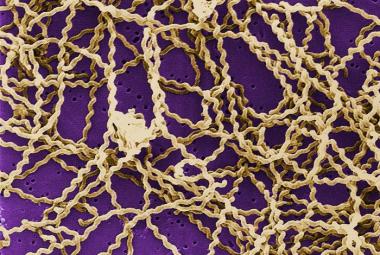Floods everywhere expect a rise in cases of leptospirosis.
Floods everywhere expect a rise in cases of leptospirosis. It is a disease caused by pathogenic leptospires which are coiled, thin, and highly motile organisms with hooked ends. The most important reservoir is rodents, especially rats but wild mammals and domestic and farm animals may also harbor the microorganism. They can persist in the kidneys of their hosts for many years.

Transmission of leptospires may follow direct contact with urine, blood, or tissue from an infected animal. Human to human transmission is very rare. Since the organisms are excreted in the urine of animal hosts and can survive in water for many months, water is an important vehicle in their transmission. Epidemics of leptospirosis may result from exposure to flood waters contaminated by urine from infected animals. The disease occurs most commonly in the tropics because the climate as well as poor hygienic conditions favor the organism’s survival.

Leptospires enter the human body through abrasions in the skin or even through intact mucous membranes, especially the conjunctiva and the lining of the nasopharynx. Swallowing contaminated water may introduce leptospires through the lining of the mouth and esophagus. After entry, they spread to all organs of the body through the blood. The organism may destroy the walls of blood vessels leading to internal hemorrhage. In the kidneys, they destroy the tubules that may lead to renal failure. A mild infection may manifest as an influenza-like illness with headaches and muscle pains. Severe infection may cause jaundice, renal failure, hemorrhage and may cause death.
The most important part of management is prevention. Walking under floodwaters should be avoided. Rodents should be controlled and domestic animals may be vaccinated. Human vaccination has proved effective in European and Asian countries. Prophylaxis with the use of antibiotics may be effective after short term exposure. Definite treatment is made by the administrator of their intravenous or oral antibiotics depending on severity. Patients with renal failure may need dialysis.
